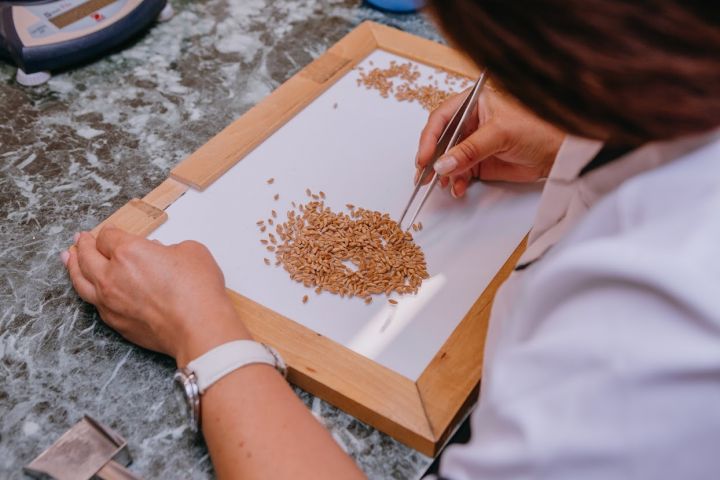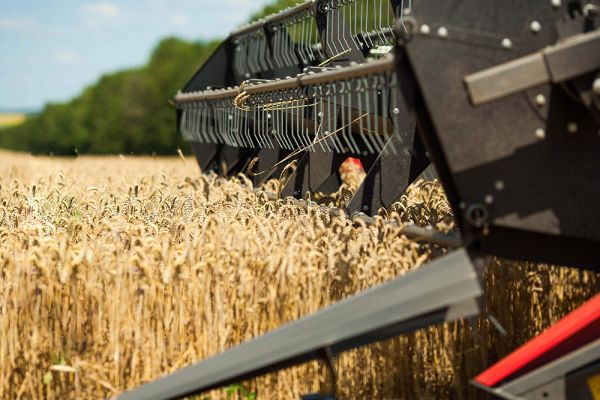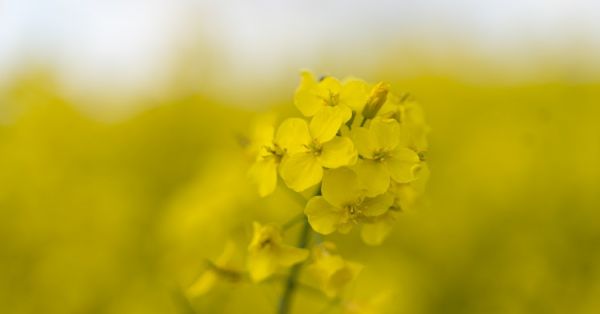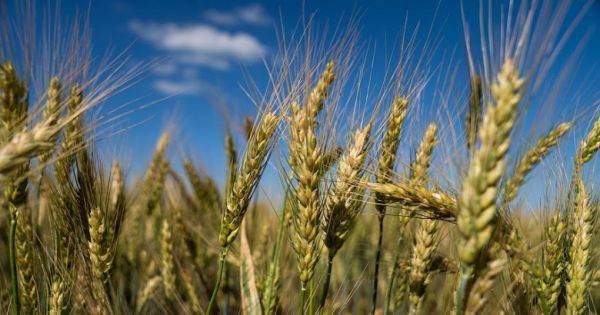Early Grains New Crop Quality: Wheat, Barley, Rapeseed of 2021
Grain and oilseed crops were about 40% harvested as of August 12. New crop production reached around 42 mln t. In the 2021 crop year, Ukraine is set to harvest about 110 mln t of grains and oilseeds, and deliver more than 70 mln t of commodities to foreign markets. This brings optimism after last year's harvesting campaign results. In mid-August, wheat export shipment from Ukraine crossed 2 mln t, barley totalled over 1.6 mln t, rapeseed approached 500,000 t. Thus, some conclusions regarding the early quality can already be drawn for the new marketing season 21/22 based on the first consignments indicators provided by the surveying companies-members of the UGA.
Wheat
Last year's drought was replaced this season by rain, not without dry spells although. Some regions suffered from hail in June-July.
At the moment, the test weight in Ukraine is much lower compared to last year, as well as the falling number due to the high percentage of germinated grain. The other indicators, such as gluten, protein content and W index(The W index is an indicator of a flour's strength which is commonly used by professional bakers. A high W value means more gluten and a lower W value means less.) remain about the same as last season.
Since the level of precipitation was uneven across regions of Ukraine–excessive drought in a number of regions, too much rainfall—the quality of wheat will be mixed and the problems in regions may be contrasting.
Judging by the quality of wheat harvested in the western and northern part of Ukraine, where practically the entire territory was damaged by rains in May and June in the late vegetation phase, the average percentage of affected by fusariosis grains is about the same as last year, 0.1%.

The presence of Fusarium fungi in grain may cause the occurrence of mycotoxins such as Vomitoxin (DON), Zearalenone, Fumonisim, T2, HT2. According to the results provided by the UGA partners, the presence of mycotoxins Vomitoxin (DON) currently does not exceed 0.5 ppm (parts per million) on average, which complies with DSTU, as well as requirements for export consignments.
The typical problems with Tilletia controversa (dwarf bunt), Tilletia indica (Karnal bunt), Tilletia laevis (hard bunt), and Tilletia tritici (smooth-spored wheat bunt) in wheat have not yet been observed in the new season.
As per data provided by Cotecna, SGS and Black Sea Survey (BSS), the baking quality indicators of wheat are as follows:
|
EN, ISO Parameter |
New crop 2021 (Aug) |
New crop 2020 (20/21 season) |
|
Protein DRY, % |
12.5 |
12.7 |
|
Test weight, kg/hL |
77.5 |
79.6 |
|
Falling number, sec. |
344 |
368 |
|
Gluten, % |
26.1 |
26.7 |
|
W, 10-4 J |
215 |
233 |
Barley
Barley's biggest issues this season, as in previous years, are the presence of quarantine pests such as Avena ludoviciana Durieu, wild oats, and Aegilops cylindrica, jointed goatgrass. They are quarantine pests upon export to China. Similar to wheat, barley has a low test weight value compared to last season.
Last season, the People's Republic of China sent several notifications on the content of Tilletia controversa in barley delivered from Ukraine. This year there is no such problem.
|
EN, ISO Parameter |
New crop 2021 (Aug) |
New crop 2020 (20/21 season) |
|
Protein DRY, % |
10.9 |
11.5 |
|
Test weight, kg/hL |
62.5 |
64.5 |
Rapeseed
The new season's rapeseed oil content, which is much higher than last year's, is encouraging. Besides, the quality of rapeseed is supported by the absence of issues with erucic acid and glucosinolate, the high content of which is an indicator of industrial rapeseed.
|
EN, ISO Parameter |
New crop 2021 (Aug) |
New crop 2020 (20/21 season) |
|
Oil content (As is), % |
43.2 |
40.8 |
|
Erucic acid, % |
0 |
0.2 |
|
Glucosinolate, μmol/g |
12.08 |
13 |
Related: How Germans Introduced Ukraine to Rapeseed. An Interview with Michael Rjasanowski
Pesticides
And last but not least
This season, the situation with pesticide residue in rapeseed is better compared to last year.
Last year, test results in August showed that every third sample had exceeded the chlorpyrifos limits of 0.01 mg/kg (provided by the EU Commission Regulation 2020/1085 of July 23, 2020). By the end of last season, exceeding of the new EU limits was observed in rapeseed by about 15-20% and in oil about 20-25%. As of today, according to UGA partners, the values do not exceed 0.01 mg/kg.
This was made possible both by the consciousness of producers and by the active work of leading grain market players with their suppliers and farmers. Market participants conducted an awareness campaign, shared recommendations, best practices, and informed about the latest developments.
Active involvement and prompt action of the new Consumer Protection Service's management and the Ministry of Health brought Ukraine to the EU regulations regarding the maximum allowable concentration (MAC) of chlorpyrifos and chlorpyrifos-methyl, 0.01 mg/kg (ppm).
According to the Order of the Ministry of Health of Ukraine No. 960 of 18 May 2021 "On approval of maximum permissible levels of chlorpyrifos and chlorpyrifos-methyl in agricultural products and foodstuffs and Amendments to hygienic norms and regulations on the safe use of pesticides and agrochemicals", the MPL for all groups of agricultural products and oils is set at 0.01 mg/kg (ppm). It is effective from 1 January 2022.
That said, I would like to focus on other pesticides that are regulated by EU member states, with a limit of 0.01 ppm.
One must keep in mind that amending the MPL and a ban on use are not the same thing. In crop production and storage, the use of pesticides is to be strictly regulated to avoid exceeding the MRL, complaints and rejection of products by the buyer, both inside and outside the country.







